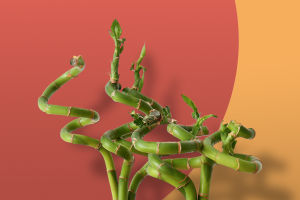Hyacinthus, scientifically known as Hyacinthus orientalis and part of the Hyacinthaceae family, is a plant originating from southwest Asia, specifically northwest Syria and Lebanon.
Introduced to Europe in the 16th century, hyacinths have since become a cherished ornamental plant there.
These flowers flourish under specific climatic conditions: warm and moist winters, coupled with cool and somewhat dry summers. They prefer full sun exposure or semi-shade environments. Ideal for growing hyacinths is fertile, well-drained sandy loam soil, while waterlogged or clayey soils are less favorable.
Hyacinth bulbs exhibit a summer dormant phase, establishing roots in the autumn and winter, followed by the sprouting of new shoots in early spring. Their blooming period is in March, and they typically wither by early June.
Beyond their horticultural appeal, hyacinths carry symbolic meanings and play a role in the language of flowers. They are seen as emblems of a rich life and the vibrant fire of life itself. The red hyacinth symbolizes "active love," while the blue hyacinth, being considered the progenitor of all hyacinths, symbolizes life.
In the broader language of flowers, hyacinths convey a spectrum of sentiments, including victory, athleticism, joy, love, happiness, intense affection, devotion, perseverance, and the essence of life itself.
The purple hyacinth carries connotations of sadness and melancholic love, yet it also harbors the promise of happiness and joy for those who are cherished. White hyacinths symbolize tranquility and gentle love, representing the courage to show affection openly.
The red hyacinth is an emblem of gratitude, acknowledging the stirring of one's heart and the infusion of love. The blue hyacinth, meanwhile, signifies steadfastness and purity, as well as the joy experienced in the presence of someone special.
Hyacinths are a favored choice for ornamental planting, suitable for both garden beds and indoor pot cultivation. They are relatively easy to nurture and are available in a spectrum of hues, including white, pink, blue, purple, and red.
For successful growth, it's crucial to select a sunny location with well-draining soil. Hyacinth bulbs are ideally planted in the fall, requiring consistent soil moisture until they bloom in spring.
Post-blooming, spent flowers should be removed to conserve the plant's energy, preventing it from diverting resources to seed production. Once flowering ceases, the plant should be allowed to wither naturally before pruning.
In summary, the Hyacinthus plant is a time-honored and meaningful flower, cherished for centuries. It is an easy-to-grow option that adds vibrant color to any garden or indoor setting. The rich and varied language of flowers associated with hyacinths reflects the wide array of emotions and sentiments these blossoms can inspire.
Whether you're an experienced gardener or a budding plant enthusiast, hyacinths are an excellent choice for enhancing your space with both beauty and symbolism.


